Thomas Hirschhorn‘s between-world
“Destruction is difficult; indeed it is as difficult as creation.”
So reads the spray-painted banner that hangs at the back of Thomas Hirschhorn’s latest sculptural installation, In-Between. The celebrated Swiss artist has transformed the main exhibition space of the South London Gallery into a ruin; girders and cabling hang from the walls and ceiling. Rooms at the second level have had walls and floor torn away, rubble and detritus litters the floor, obstructing access to the corners, where further destruction is apparent.
The brickwork of this spoiled edifice is exposed on the walls, and tattered black fabric hangs, protecting us – the audience, occupiers of this abused site – from the sun, or the view of drones, or sniper fire.
With In-Between, Hirschhorn presents the generic aftermath of a generic catastrophe. The work is instantly familiar and yet deeply unsettling. The destruction is rendered in cardboard, polystyrene and packing-tape. Cable-casing and aluminium ventilation tubing represents itself. Ditto toilets, nondescript chairs and the odd table.
Hanging at the back, the banner and its semi-aphoristic proclamation seem like the work of a squatter, an occupier. A pithy and slightly bad-taste joke hung up by those displaced by the catastrophe, it, like everything else, unsettles.
Superficially the statement seems like a platitude, even a pseudo-profundity. “Destruction is difficult” – no, it’s easy. By the same token, once the spectacle of the disintegrating interior of the space is acclimatised to, the contents superficially noted, the work seems to quickly make a sort of sense: this is a synthetic ruin, its inauthenticity compounded by clearly unused furniture, new chairs and tables, the absence of dust.
There’s a temptation to start projecting, now, onto this work. To imbue it with some narrative, try and understand what has happened, maybe why. To get to the bottom of what this site was – apartment block, offices? – and what it meant, and to whom. As a transformed space it feels loaded – charged, almost – with narrative potential. Superficially, still operating on this same platform of projection, the place is terrible but unreal; a set, fake.
Hirschhorn has made engagement unavoidable. The presence of familiar objects reinforces the representation of the ruin; the pathos of disaster photos is always compounded by the baths, the kitchen tables, the domestic residue that highlights the deficit between what was (a home/ workspace) and what is (rubble, nothing). But those objects’ uncanny newness in this scene of dereliction highlights the gallery, reminds us where we are, provides the means for cool, rational distance.

Enter the curveball. These objects are not all new, as supposed; a toilet here has clearly been used. Suddenly, the scene is shaken up. The safety-net is removed and, with it, any chance of detachment. Over email, Hirschhorn expands on the extensive notes and Q&A with South London Gallery director, Margot Heller, which accompany the exhibition. “In- Between wants to be a work of art which creates its own truth, beyond cultural, aesthetical, political habits. This is the ambition, and therefore the work must remain in a kind of uncertainty, instability, and must resist the will of satisfaction.”
His discussion of the work presents its own challenges; rather than provide clarity, he bombards each question with a rhetoric more akin to manifesto than interview. It’s simultaneously frustrating and illuminating in a way that rather complements the show.
“In-Between with all its components is a form. Each element is important in this form and each element counts.” References, whilst clearly present – “There obviously is a reference to Marcel Duchamp” – are present without significance; so are any parts of this work taken in isolation from its whole. Individual conceptual devices mislead in the same way; that search for narrative distracts from Hirschhorn’s aims: the construction of a unified whole, a physical environment which aids transportation to another headspace.
“Confronting a work of art means making an experience. A new experience, an experience you may not want to make, but an experience,” he writes. “As the artist, I have to work out the conditions so that an experience can take place. Only if I am completely committed in giving form can the work have a chance to touch the truth.”
In this, Hirschhorn is intent on creating a work that will, in a sense, supply its own context. The dischordancy of unused objects mingled with the employment of used objects, which seems to imply human presence and activity in an entirely false environment, is a way of destabilising
the viewer. It denies refuge in either the familiarity of actual disaster or in the comfort of art-history, and creates a liminal space – In-Between.
This space entered, elements morph and shift; the quotation takes on a new and multilayered resonance. Lifted from the prison notebooks of celebrated Marxist thinker Antonio Gramsci (who spent the last 11 years of his life incarcerated by Mussolini’s regime), its depths are revealed through the circumstances in which it is hung.
Directly, it references the obvious difficulties of manufacturing destruction, of creating something ruined – In-Between is elaborate, fragile and clearly labour-intensive, but it also introduces further thought, acquiring a particular political relevance. For Hirschhorn, the balance of the statement is crucial – that it acknowledges not just the less obvious difficulties of destruction, but also the more apparent (and universally familiar) difficulties of creation: “I understand Antonio Gramsci’s challenging interrogation as: how can I do a work of art – today – that operates beyond its own actuality?
And how can I do a work – today – reaching beyond its own historicity?” In this, the employment of the ruin as an aesthetic and thematic hook makes sense. Ruins do strange things to time – providing lasting documentation of a disaster that may only have happened in an instant, or offering a flawed bridge into the past – and come with an instantly familiar set of aesthetics. “My interest in ruins comes from their meaningfulness: Each ruin shows us why it’s a ruin. But before showing why, it first tells us that it is a ruin. Archaeological ruins, corruption, natural catastrophe, fire, cultural-, political-, aesthetical-, economic disaster, material collapse, accident, bomb blasts. No ruin is innocent. All ruins connect beyond location and time – a ruin reaches universality.”
The false-familiarity we visitors have with ruins, from the news, or else in a controlled form – peeped over builder’s hoardings – further ensures access to that place of universality, where a discourse rooted in both shared memory and the artist’s new context can be allowed to occur.
So Hirschhorn successfully creates this new place. He accomplishes form, but what about content? There’s no question that this work is political, but there is no explicit (or maybe even implicit) social criticism here.
In his Q&A with Margot Heller, Hirschhorn discusses “today’s consumerist ideology, trying to push the idea of consumerism
as a creative act.” This seems particularly relevant in London, where businesses and startups routinely spin their acquisitive greed into “creativity” (see ad agency as ‘Creative Communication Studio’), but when questioned, the artist brushes it off: “I am not interested in the particular London-Situation which you mention, because my In-Between is not site-specific, this work aims to be a universal work of art.”
His rejection of criticism of any specific social issue can be made sense of; “The ruin is a form. To build a ruin is form, it’s not an aesthetic, it’s not a reconstruction – it’s pure form … Art is not journalism or illustration.” To highlight any specific social issue, to provide any explicit content for critical discourse, would be to co-opt art as an illustrative tool; to use it as a means of framing a discussion.
Rather, In-Between is a catalyst, or a platform – a loaded and altered space, at once familiar and unknown, that invites and guides reflection unrestrained by external context. It is not concerned with minutiae, policies and social issues; it engages, precariously, with ideology. It “creates its own truth.”
In-Between runs at South London Gallery until 13 September
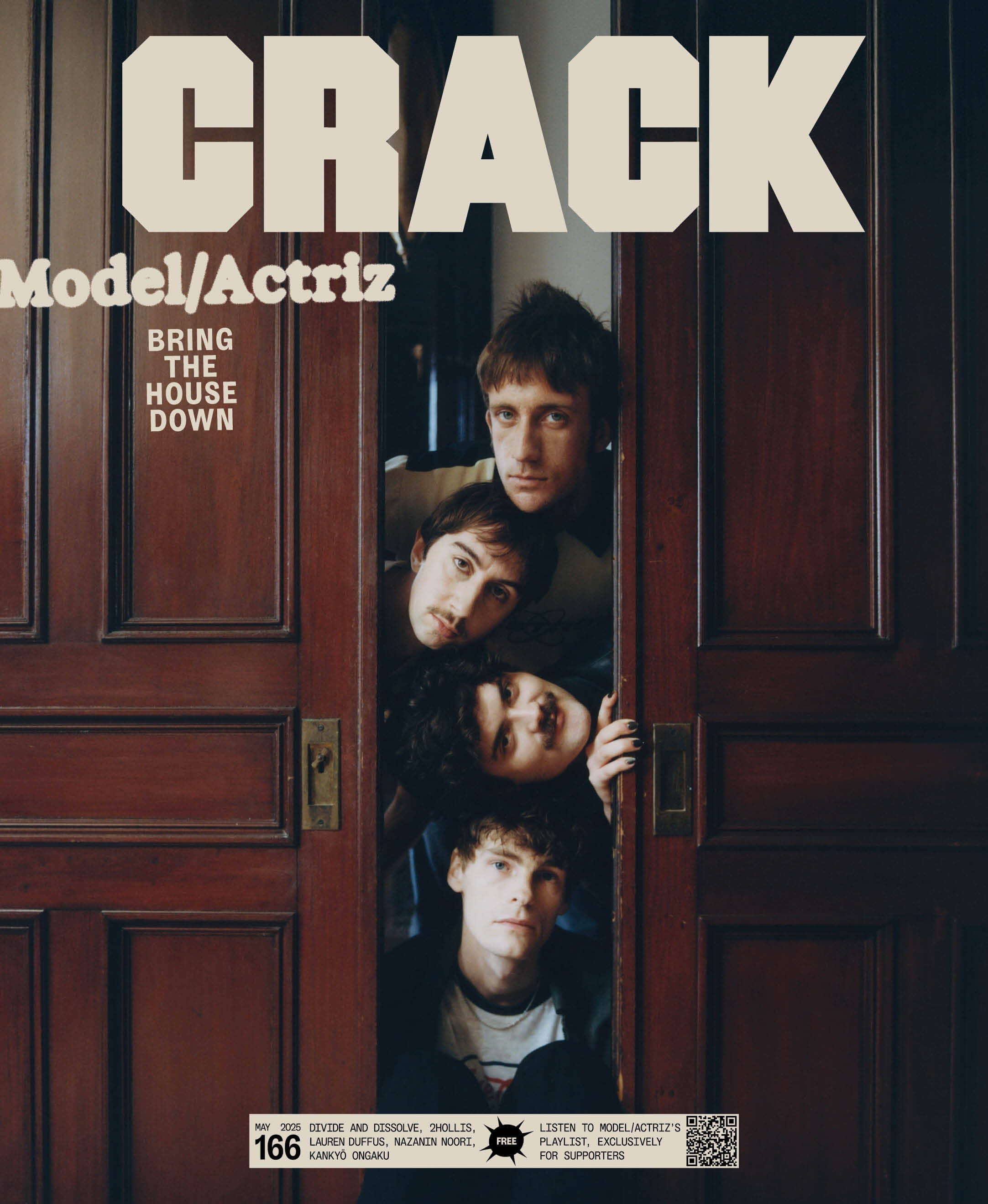






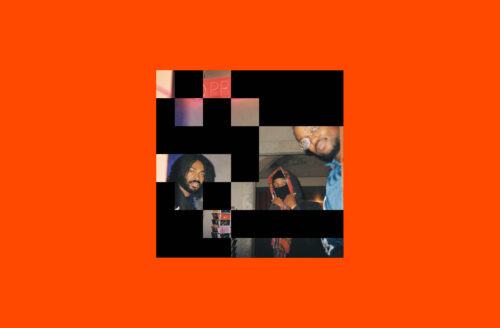
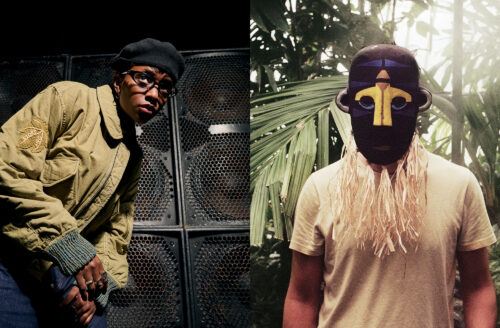
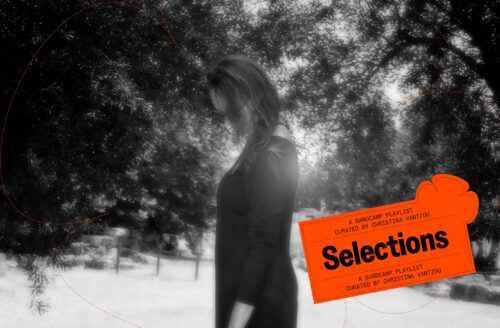
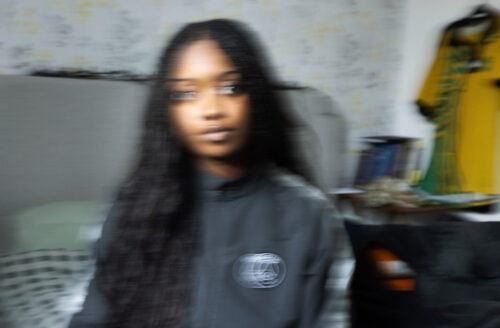
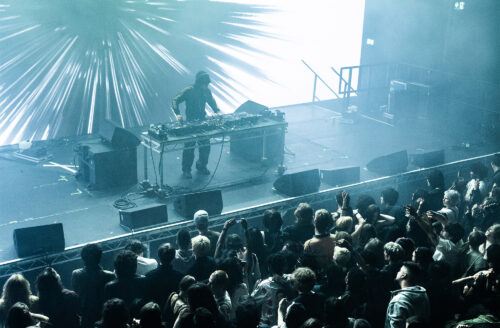

ADVERTISEMENTS